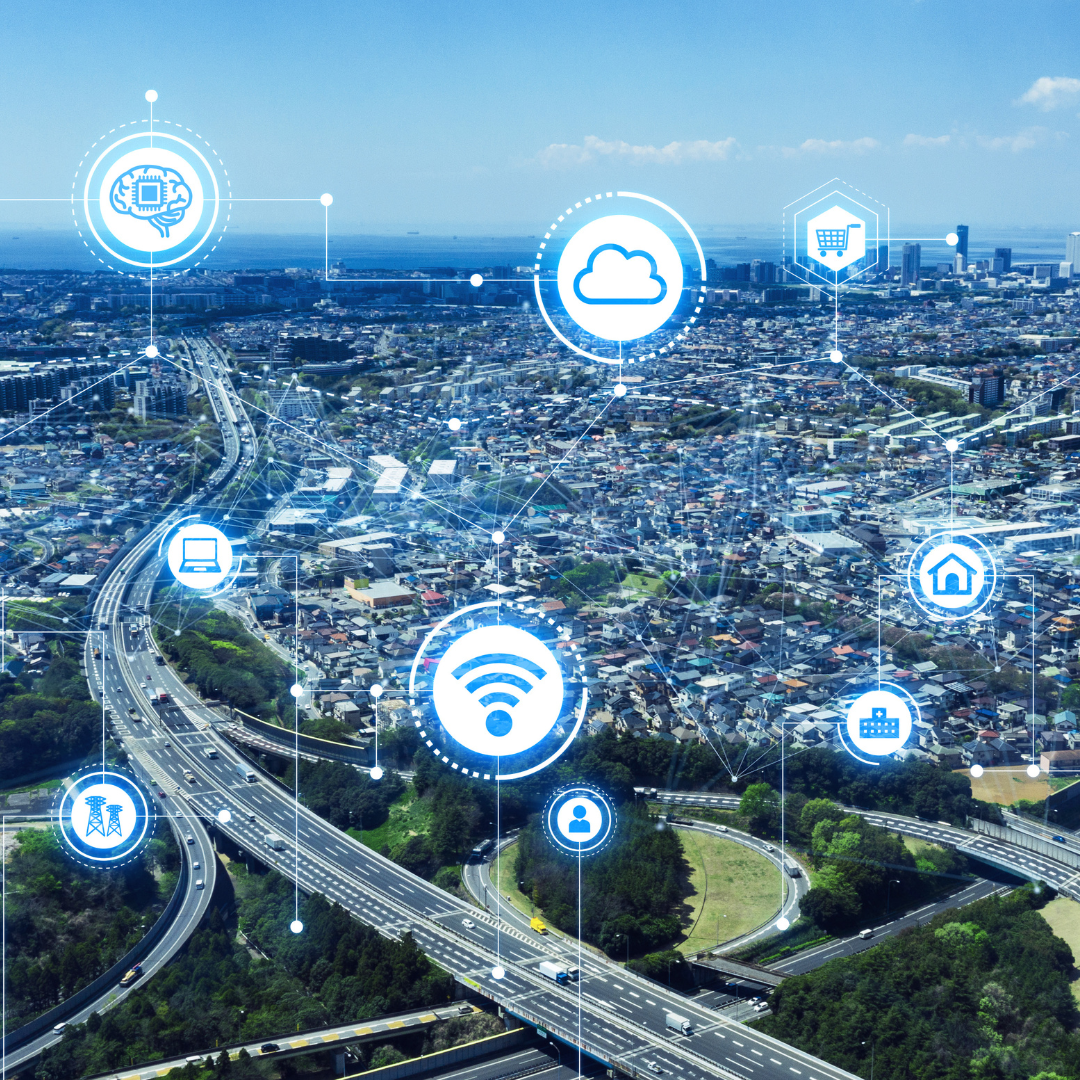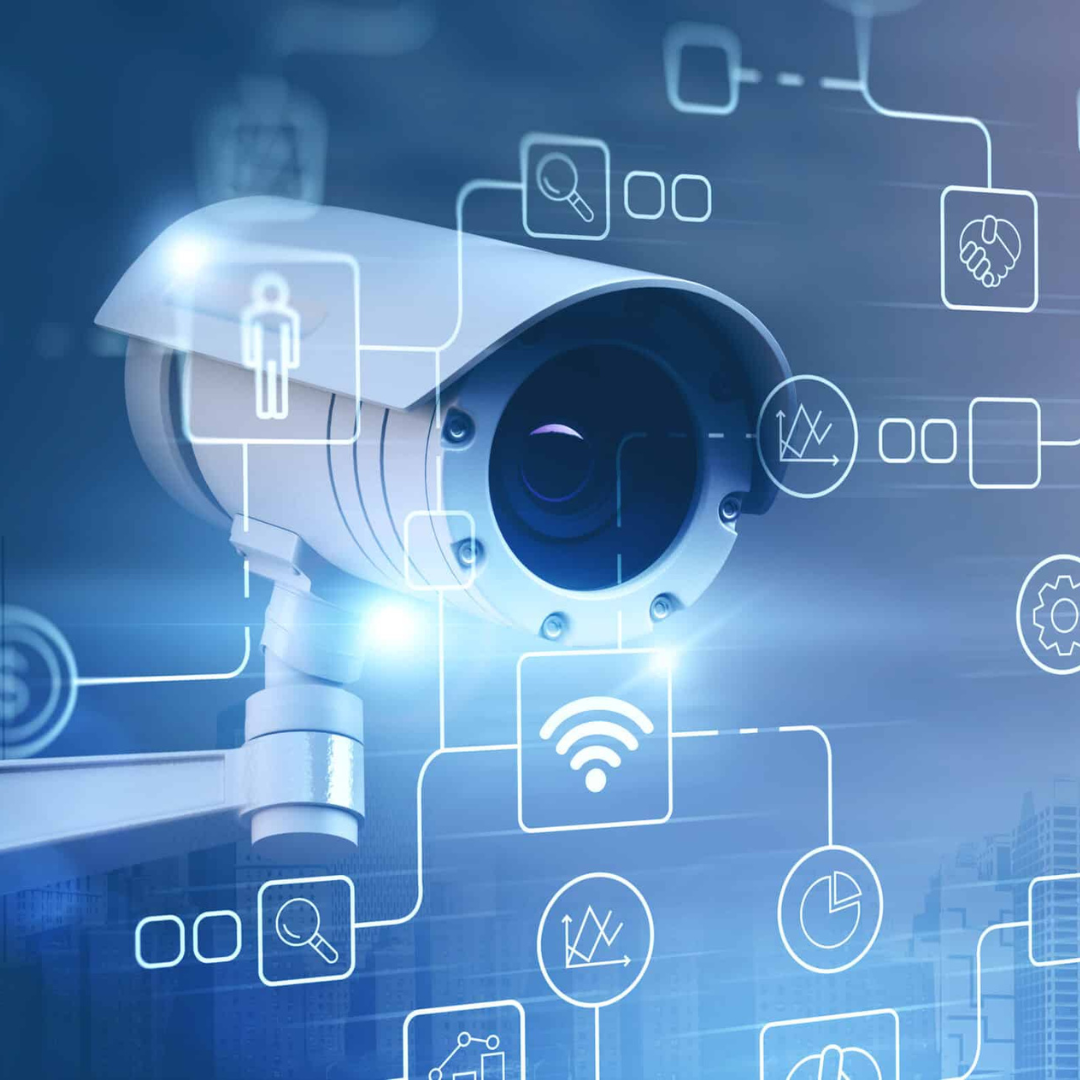How Can Upgrading Your Working Environment Reduce The Digital Divide?
2022-09-12 12:47:19

Did you know that a global poll found that as of 2021, 35.9% of respondents experienced high levels of automation in the field of security services and incident processing? A further 48.7 per cent observed medium automation. These stats show us that security is a significant priority for businesses of all sizes and industries.
If your business' office automation relies on expensive equipment or sensitive data, protecting your company's assets is critical to its success. Access control systems help your company manage physical and network access. Let's talk about access control systems.
Access Control. What Is It?
Access control is a form of security that restricts who has access to and uses resources, thereby lowering a company's risk. Logical and physical systems are the two most common types of systems.
Physical access control systems restrict people's access to:
- Business or residential buildings
- Certain rooms
- Schools or campuses
- Other real-world locations
In contrast, logical access controls restrict access to:
- System files
- Personal or business data
- Computer networks
Many businesses use electronic systems that grant or deny access based on whether the user has the appropriate credentials. These systems include card readers, access control panels to restrict admission, auditing functions, and lockdown and alarm abilities.
Access control systems use the following credentials to authorise and authenticate users, among other things:
- Passwords codes
- PIN codes
- Security tokens
- Biometric scans
In addition, multi-factor authentication (MFA), which requires two or more authentication elements, is frequently used in access systems.
Physical Access Control
Physical access control employs a set of policies that restrict who is permitted to enter a physical space. The following are some examples of physical access control in the real world:
- Customs officers
- Turnstiles at the stadium
- Security at nightclubs
- Scanners for badges and cards
In any one of these cases, a device or person utilises policies to identify who has access to a physical location. Often a network access list is created to determine who can gain access. This access control register must be properly maintained and kept updated.
Logical Access Control
Network access control and connectivity is the restriction of access, usually using Information Technologies.
Here are a few examples:
- Signing into a laptop with a password
- Using a thumbprint scan or facial recognition to unlock your phone
- Using a virtual private network (VPN) to connect to your company's network remotely
The program provides access to users who require specific digital data in these situations. Logical access control relies heavily on authorisation and authentication.
Access Control System: Why Do You Need One?
Mechanical keys are the most basic form of physical access control, and many small businesses still use them. On the other hand, mechanical keys have limitations, especially as a company grows.
Here are some drawbacks of employing keys rather than an access control system.
It's possible to misplace keys. If an employee loses a key, you must change the lock to ensure that unauthorised people can not use that key to access a restricted area. After that, every person who requires access will have to receive a new key.
There are no audit trails. So, for example, you have no means of knowing who has used a key to enter an area or when they did so.
It's challenging to manage. For example, suppose someone obtains access to various rooms and structures. In that case, they will require multiple keys, which might be troublesome at times.
What Are the Access System Components?
There are five critical components to every physical or logical access control system:
1 - Authentication System
Authentication is the act of proving the user's identity. It could include comparing login credentials to stored data, validating a form of ID, or verifying the authenticity of a website's digital certificate.
2 - Authorisation System
An authorisation system determines whether and when a staff member has access to specific resources.
3 - Access System
Only after a person has been successfully authenticated and authorised by the system does the resource becomes accessible.
4 - Management System
A management system or user authorisation and authentication can be added or removed by the system. In addition, several methods make the management process easier by syncing with your existing systems.
5 - Audit System
The purpose of audit systems is to enforce the concept of "least privilege". In other words, audits reduce the danger of users having access to resources they no longer require.
A good office automation solution with the correct automation tools will provide reports and analytics for time data management and configurable workflows.
How It All Works
Businesses may use intercoms or an electronic system with access card readers, user credentials, auditing, and reporting. They may also utilise biometrics to verify a person's identification and compare it to its comprehensive collection of access regulations.
Another option is multi-factor authentication. MFA requires a user to be something (biometrics), know something (a password), and have something (a device) (a 2FA SMS authentication code).
In general, access control systems identify a person, verify who they say they are and authorise access to the resource or location. The system then links their actions to their username or IP address for auditing purposes.
Some of the Modern Access Control Devices Explained
An access control system utilises different devices in different combinations. By merging multiple technologies, access control management systems improve their convenience and reliability. For example, readers must read a fob or key card at the door. There are various types of readers, including wireless, standalone, and IP readers.
Commonly used too in access control systems are magnetic locks, electric strikes, and wired mortise locks. You can also install an electrified push bar, which is helpful in the event of a fire.
Video Surveillance: Some smaller organisations may employ wired DVR systems, whilst larger companies may use IP cameras connected to an NVR.
Video Intercoms: You can have a single-unit intercom or a multi-unit intercom, depending on whether you need to call a single party or several. Audio, video, dial-in, and touchscreen configurations are all possible on intercoms.
PIN Pad: Pin pads are perfect for easy access. The disadvantage of PINs is that users can share them. The access pad is sometimes included inside the lock or placed separately to curb this.
Push to Exit Button: If there is an emergency, this button assures that everyone can depart the location.
Power Sources: A reliable supply is critical; the door may abruptly unlock if the power goes out.
Where Do I start?
With an improved understanding of the components and workings of an access control system, you can now make a more informed decision in selecting the appropriate approach best suited to your business.
If you're considering improving upon or adding an office automation process for your business, contact us or head to our services page to find out how we can help you.


